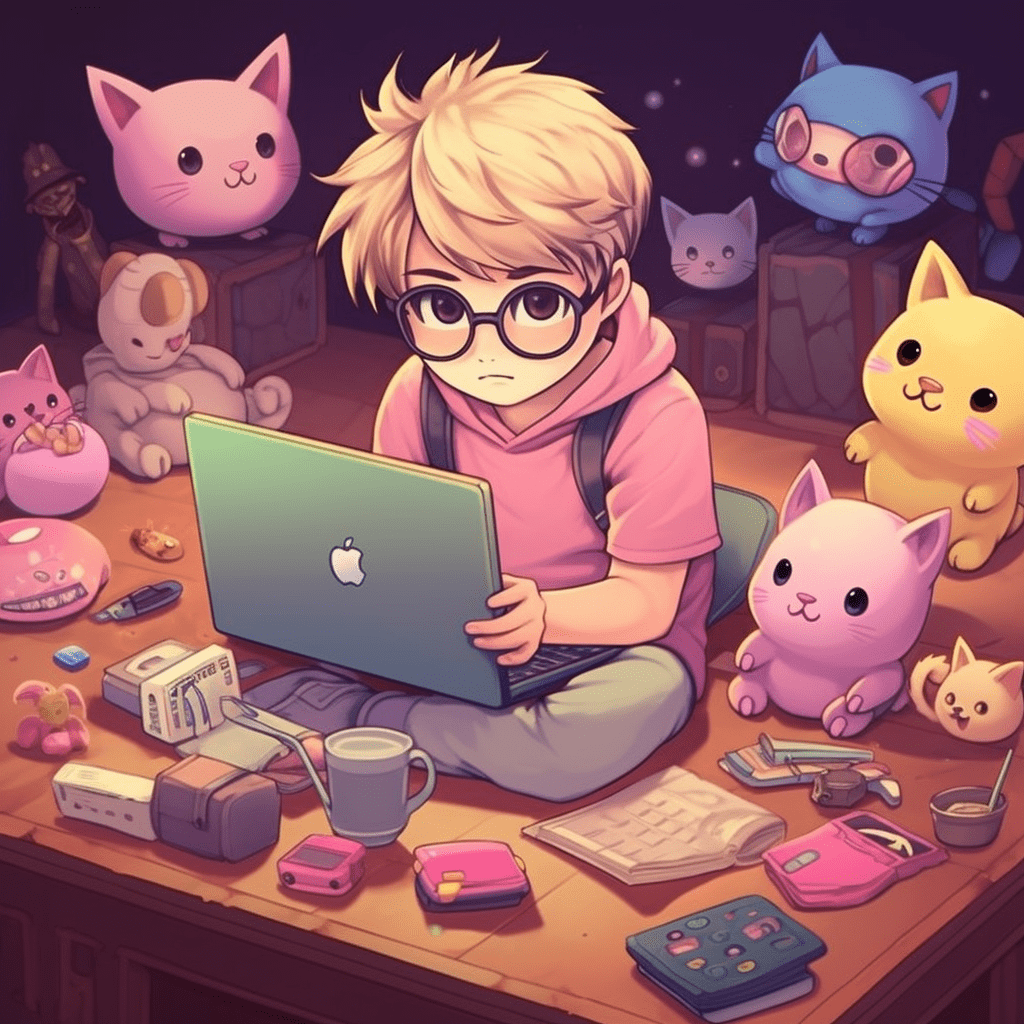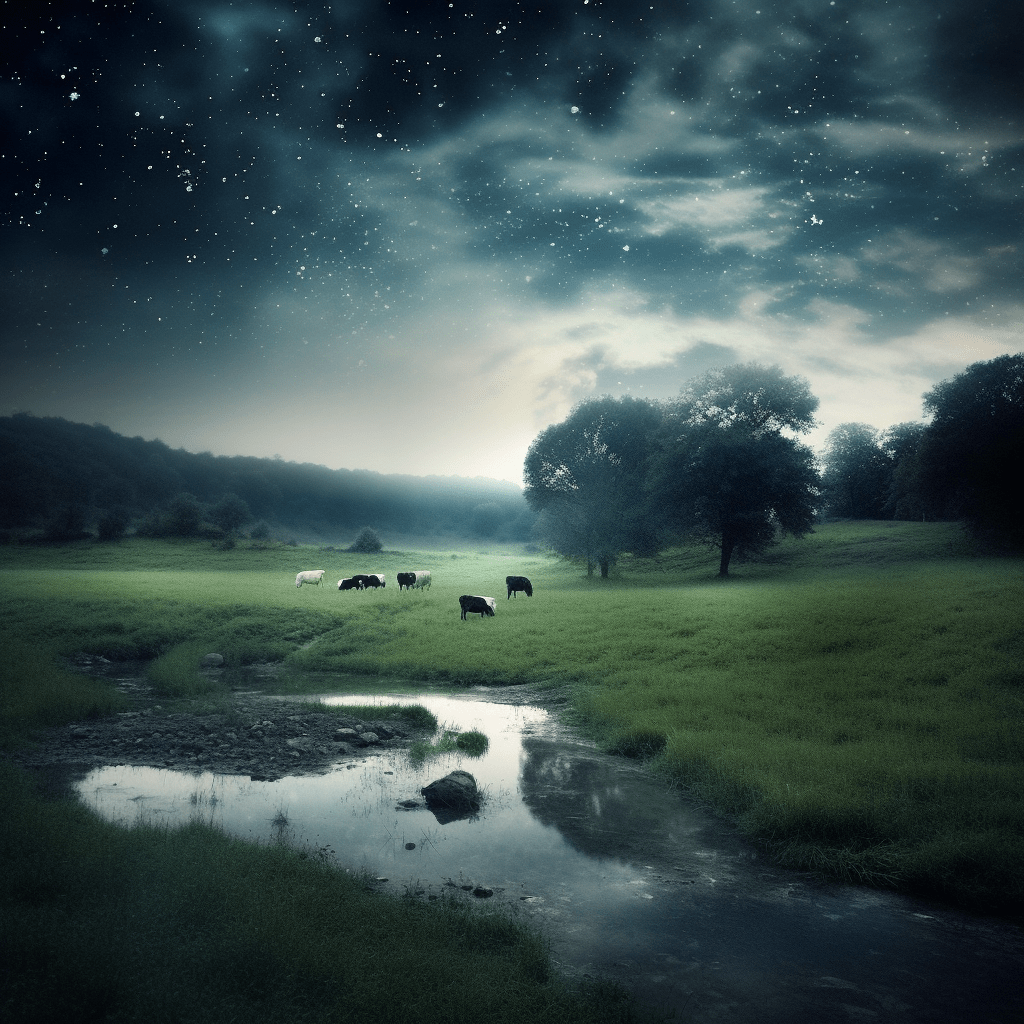The world of non-fungible tokens (NFTs) provides an exciting opportunity for artists and creators to showcase their work and generate value. Producing 10,000 NFTs efficiently, however, presents unique challenges in design, technology, and marketing. In this article, we explore best practices for creating a large-scale NFT collection, enabling you to harness the potential of digital art and collectibles.

Designing with Consistency and Variety
Creating a consistent and visually appealing collection is critical to making your project stand out:
- Establish a Clear Theme: Determine an overarching theme for your collection that draws the interest of collectors, while also being versatile enough to span across 10,000 unique assets.
- Create a Cohesive Visual Style: Build a strong visual identity by employing a consistent design language across your NFT collection.
- Develop Base Artwork and Variants: Design a set of base artworks, such as characters or scenes, and craft a range of attributes, accessories, and color schemes to create numerous variations and maintain variety in your collection.
Generative Art for Scalable Production
Generative art techniques are essential for automating the creation of a large-scale NFT collection:
- Embrace Layered Art Components: Develop components that can be layered and combined in different ways, such as facial features, clothing, and backgrounds.
- Utilize Generative Software: Leverage generative art software like Doodads, Art Blocks, or Hashlips Art Engine to automate the assembly of your NFTs, creating unique combinations from your base art and variations.
- Test and Refine: Continuously evaluate the outcomes of your generative process, making adjustments as needed to optimize creativity and maintain the desired level of uniqueness.
Blockchain Integration and Smart Contracts

Efficient blockchain integration and smart contract management are key to creating and managing a large-scale NFT collection:
- Choose the Right Platform: Select a blockchain network that meets your needs regarding fees, environmental impact, and user base, such as Ethereum, Binance Smart Chain, or Flow.
- Metadata and Smart Contract Design: Ensure the metadata and smart contracts associated with your NFTs are well-designed and optimized for cost efficiency, providing a seamless user experience.
- Incorporate Additional Features: Implement unique features or interactions in your smart contracts to enhance the value and utility of your digital collectibles, such as provable rarity or token-based rewards.
Marketing and Community Building
An engaging marketing strategy and strong community building are crucial for establishing your NFT project’s success:
- Develop a Multi-Channel Marketing Plan: Create and execute a marketing plan that includes social media campaigns, influencer partnerships, and promotional events to drive awareness and increase reach.
- Utilize Content Marketing: Leverage content marketing channels such as blogs, podcasts, and newsletters to share valuable information and insights about your NFT collection, attracting and engaging potential collectors.
- Foster a Strong Community: Cultivate an active and supportive community by engaging with fans on social media, forums, and chat platforms like Discord or Telegram. Encourage collaboration, foster discussions, and host virtual events to strengthen your project’s community.
Continuous Optimization and Adaptation

The NFT landscape is constantly evolving; hence, it is crucial to stay flexible and adapt:
- Performance Analysis: Regularly analyze the performance of your NFTs, both in terms of market value and community engagement. Use these insights to inform future updates or improvements to your collection.
- Embrace Feedback: Encourage and embrace feedback from your audience, using constructive criticism to grow and evolve your NFT project.
- Stay Abreast of Industry Trends: Keep pace with the rapidly changing NFT market and implement new techniques or strategies as they emerge, ensuring your project remains relevant and competitive.
In conclusion, creating and managing a large-scale NFT collection of 10,000 unique digital assets requires meticulous planning, creativity, and the use of automation and optimization tools. Establishing a consistent, visually appealing collection, harnessing the power of generative art, integrating with blockchain technology, developing an effective marketing strategy, and continuously adapting your approach based on feedback and performance analysis are all key to success. By following these best practices, you’ll be well on your way to efficiently producing 10,000 NFTs and making a lasting impact in the world of digital art and collectibles.
